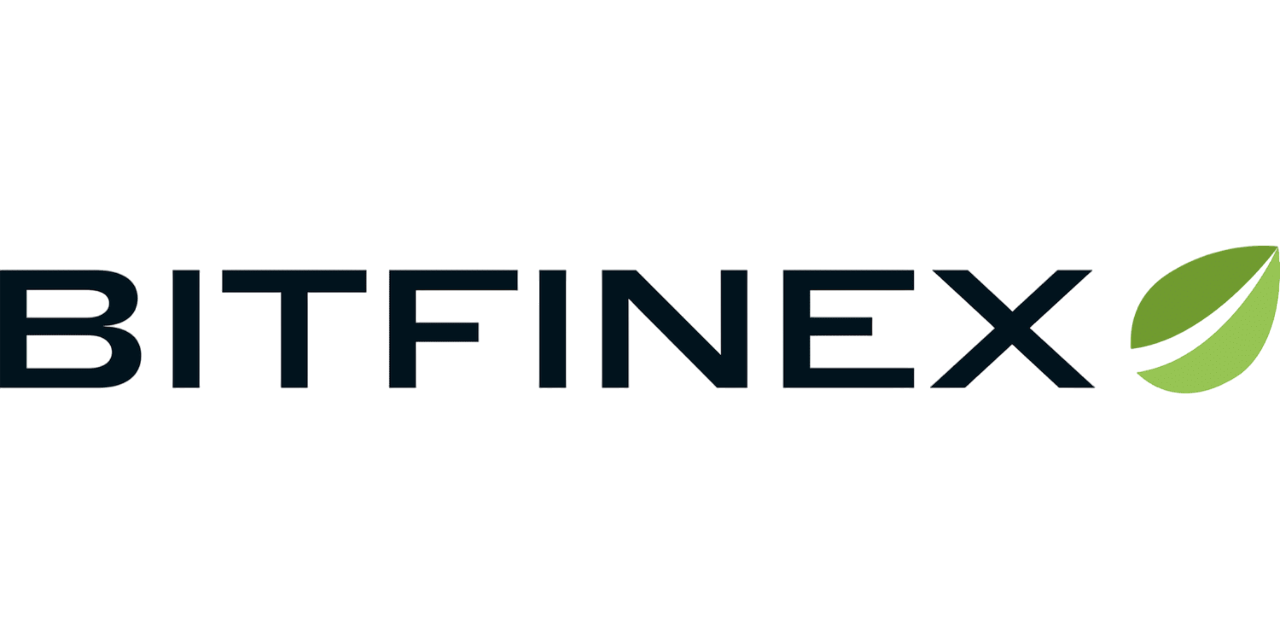
Bitfinex Crypto Exchange Review: Pros, Cons & Key Features
Bitfinex Pros & Cons at a Glance
Advantages:
- Massive trading volumes ensuring industry-leading liquidity.
- Full platform localization, including major global languages.
- Rigorous security infrastructure for digital asset safety.
- Highly functional mobile apps for iOS and Android.
Disadvantages:
- Above-average deposit costs for fiat currencies.
- Limited selection of supported fiat currencies and trading pairs.
Bitfinex Exchange: Market Overview
Founded in Hong Kong in 2012, Bitfinex has grown into a reference platform for professional traders seeking market depth and technological sophistication. The exchange offers an extensive range of trading instruments — from spot to margin and derivatives — targeting high-volume traders and institutions.
Bitfinex’s interface is localized for multiple languages, making it accessible to a global user base. With its proprietary mobile apps and advanced API, Bitfinex enables both manual and fully automated trading at scale.
Registration & Verification Process
Getting started on Bitfinex is straightforward:
- Sign up with your name, email address, and password.
- Verify your email through a one-click activation link.
To deposit or withdraw fiat, users must complete identity verification. This process involves:
- Submitting a personal data form.
- Uploading ID documents for KYC.
- Providing a recent bank statement and utility bill for address validation.
Deposits & Withdrawals
Bitfinex supports both cryptocurrencies and fiat transactions. Supported methods include:
- Cryptos: Bitcoin, Ethereum, Ripple, Litecoin, and others.
- Bank wires and card payments.
Crypto deposits incur no fees. For fiat wire transfers, the fee is 0.1% (minimum $20 per transaction).
Trading on Bitfinex
Bitfinex supports two main trading models:
- Spot trading: Buy and sell with your own capital for instant settlement.
- Margin trading: Trade with borrowed funds, leveraging positions via peer-to-peer financing.
The exchange features a diverse range of order types — including limit, market, stop, and trailing stop orders — giving traders advanced control over their execution.
Fee Structure
Bitfinex employs a volume-based fee model:
- Maker fee: from 0.1% (drops to 0% above $7.5M monthly volume)
- Taker fee: from 0.2% (drops to 0.1% above $30M monthly volume)
Security & User Support
Bitfinex is recognized for robust security controls. Highlights include:
- Mandatory two-factor authentication (2FA) for all users
- IP whitelisting and real-time session tracking
- Withdrawal protection when logging in from new devices
Support is available via a ticket system, though response times may lag during peak demand or technical incidents.
Conclusion
Bitfinex stands out as a resilient, high-liquidity platform built for professional crypto traders. The breadth of trading tools, deep order books, and robust mobile experience attract market makers and high-net-worth individuals globally. That said, the cost of fiat deposits and limited fiat on/off-ramps can be a stumbling block for some. If you have firsthand experience with Bitfinex, share your review below and help inform the next generation of traders!

